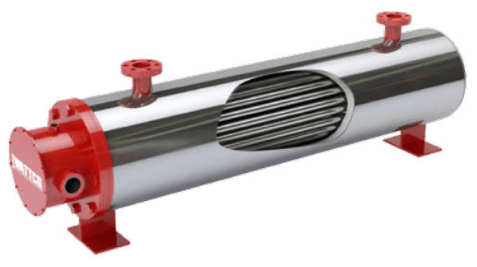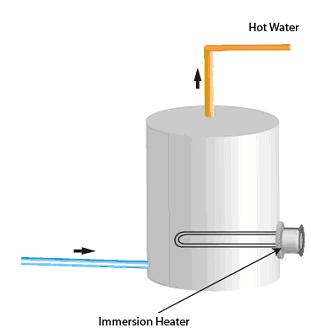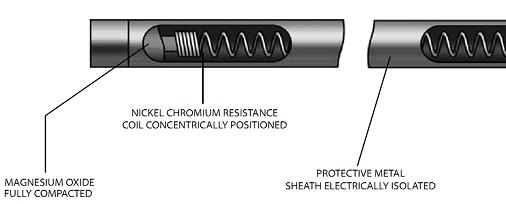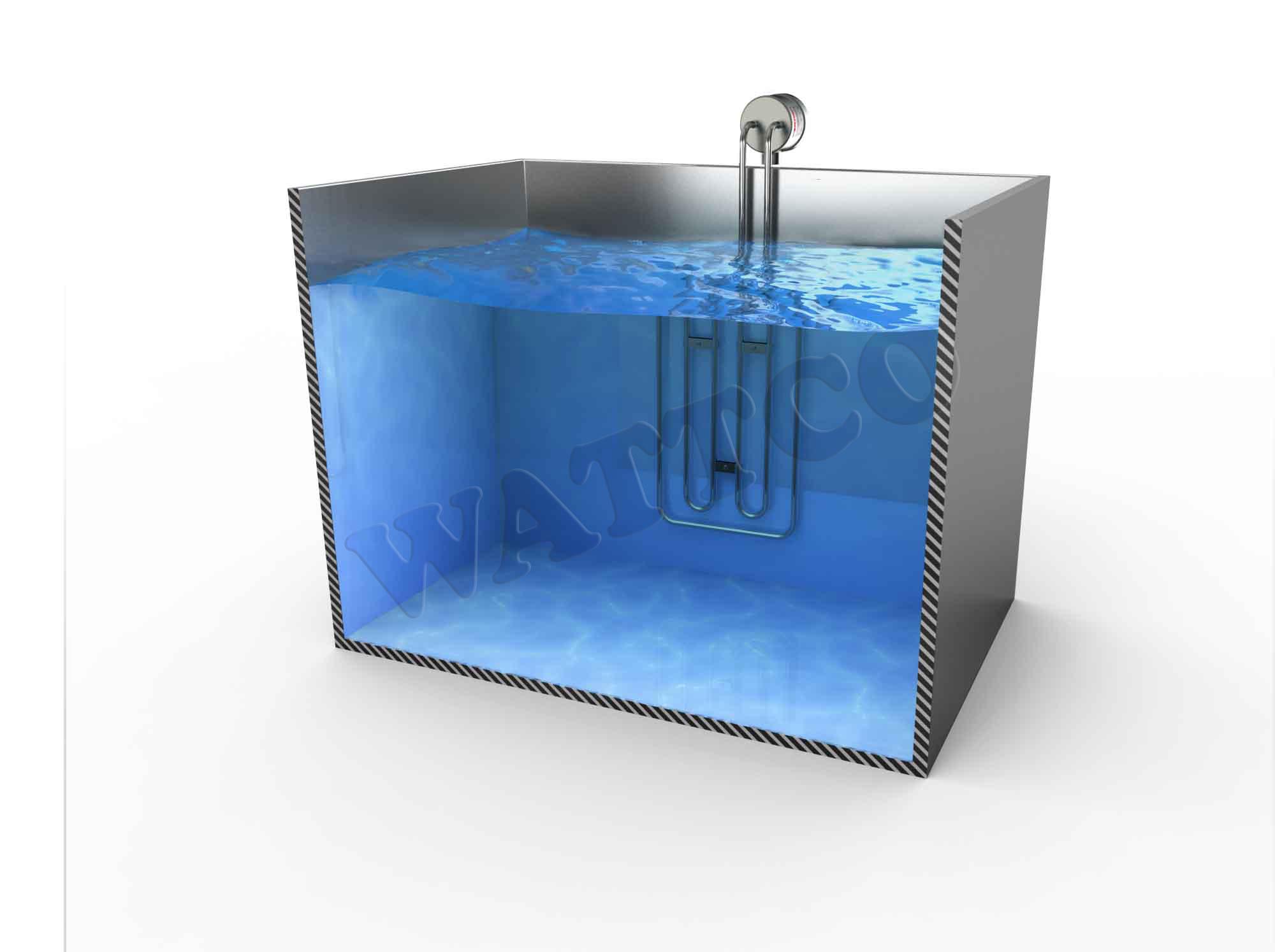Heaters For The Marine Industry
Last updated on January 9th, 2023 at 08:11 pm
Process electric heaters can be used for many different applications, for example, cleaning, pre-heating, frost protection, etc. Unlike other types of heating equipment, an electric source is sufficient to fully operate a process electric heater.
Immersion heaters can be used for small or large scale operation in an energy efficient way to provide the necessary heating. There are various types of electrical immersion heaters for marine operation: flanged, circulation and over-the-side. The selection of the immersion heater type depends on the target application’s environment and condition.
Immersion heaters are particularly useful in marine and military operation since there are many instances in a ship that requires quick heat generation. For example, a high demand of hot water is required for both cleaning and drinking. Sanitization is very important to prevent disease outbreak in the ship and hot water is the cheapest way to sterilize unwanted biological organisms. An approximately temperature of 77°C is sufficient to disinfect ship equipments such as empty vessels and tanks. WATTCO™ offers a great numbers of marine heaters to provide the precise heat for marine application.
A flanged electric marine heater can be used to warm the temperature of the potable water supply tank. This is generally done by inserting the immersion marine heater into the water tank reservoir (Figure 1). Other than water application, flanged heaters can also be used to preheating different liquids, for example, such as oil tank for ship transportation.
A flanged marine heater consists of multiple bended metallic tubes, also known as the heating element, welded on a steel flange (Note: only one tube is attached to the flange in the illustration of Figure 1). Each heating element contains a Nickel Chromium resistor wire enclosed by Magnesium Oxide and a metallic sheath on the surface for protection (Figure 2). The coiled resistor wire generates the heat by the electrical source and the heat distributes evenly across the entire tank. A flanged immersion marine heater is designed to compactly fit in the target container.
If the target liquid or gas requires mobility during the marine transportation, a circulation marine heater is suitable for the application. A circulation heater offers precise heating control to sensitive liquids for long transportation. The viscosity and the state of a liquid (such as oil) may change during the course of transportation. However, by adding motion to the liquid will maintain the desired condition over the travelling time.
A circulation marine heater generally consists of a flanged heater, pump unit and a cylindrical casing (Figure 3). The liquid motion is created by using a pump which circulates the medium in a closed loop flowing pattern. The insulated steel casing protects the liquid from the environment in order to maintain the flow rate and temperature of the moving liquid. This vessel casing chamber provides the insulation which reduces the heat loss compared to standard tank heaters. The mounting (vertical or horizontal flow direction) of a circulation heater depends on the application.
Since this electric marine heater is used for precise temperature control operation, it is recommended for customers who are interested in the product to contact WATTCO™’s consultants about their target application.
 A circulation marine heater can also be used as a fresh hot water maker. Filtrated and purified seawater can be continuously heated in order to provide a large volume of hot water during high demand period, for example, in emergency time.
A circulation marine heater can also be used as a fresh hot water maker. Filtrated and purified seawater can be continuously heated in order to provide a large volume of hot water during high demand period, for example, in emergency time.
If the standard flanged marine heater doesn’t fit in a vessel, an Over the Side heater would be perfect to use for narrow openings. An over the side marine heater has various shapes depending on the container’s limiting open space. A particular bended over the side marine heater is illustrated in Figure 4.
The over the side heater is particularly efficient for precise heat control despite its smaller size. An important application of this marine heater is the frost protection. This applies for liquid containers marine transportation in cold environment. In order to prevent the target chemical liquid to freeze or crystallize, an over-the-side marine heater is recommended to protect the valuable product. Unlike other electric marine heaters, the over the side heater does not require to completely empty the liquid tank before the heater removal.
There are virtually unlimited numbers of applications for electric marine heaters. The examples that were listed in the article only describe a small portion of many applications. For more information on the usage and specification on process electric heaters, please visit WATTCO™’s website or contact the support representative for further inquiries.
Reference
1. United States. Food Safety and Environmental Services. Office of Environmental Health. Food Equipment Cleaning and Sanitizing: Water Chemistry and Quality. Arizona Department of Health Services, 24 Aug. 2011. Web. 19 Dec. 2011. <http://www.azdhs.gov/phs/oeh/fses/fecs_wcq3.htm>



